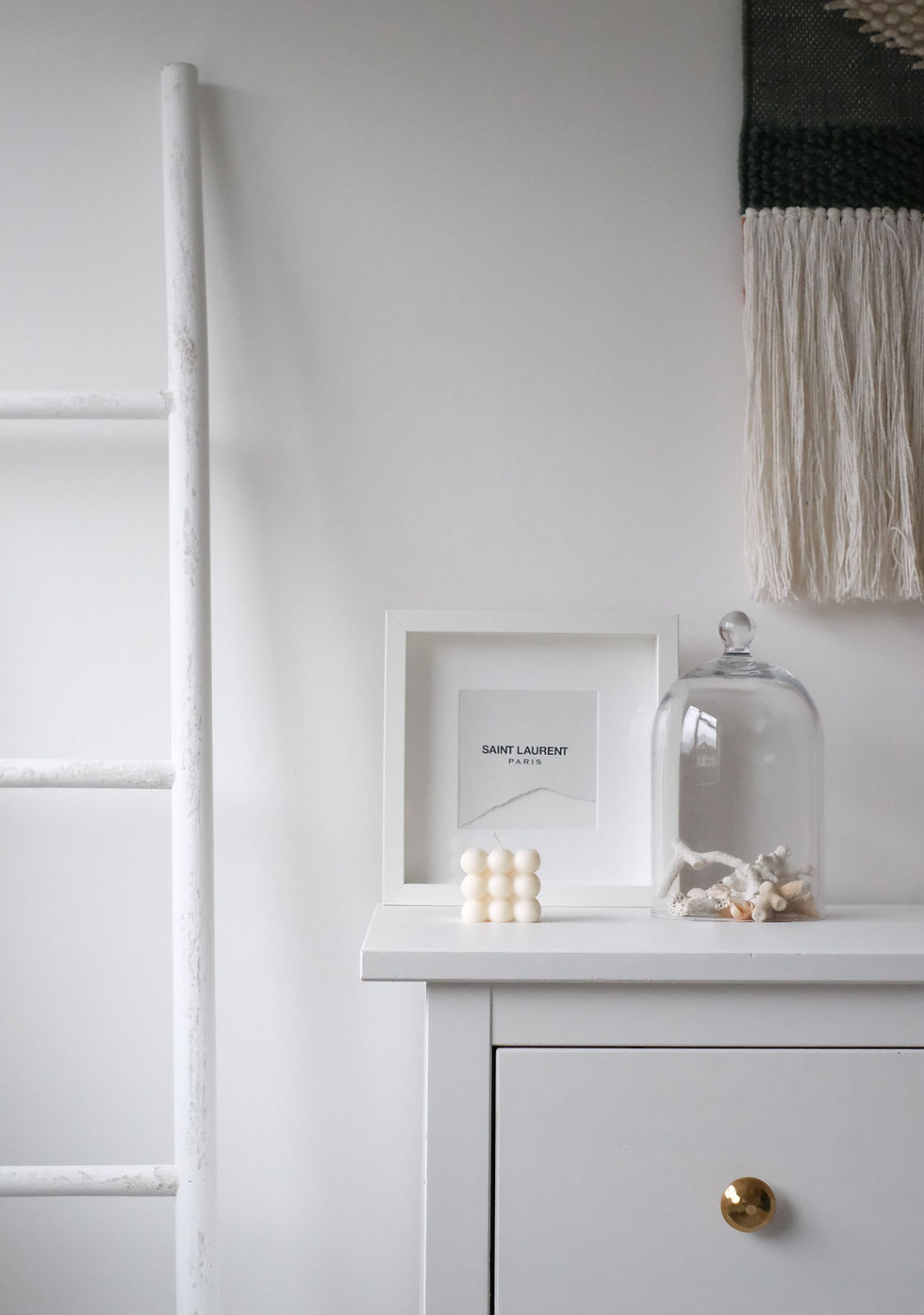
Have you ever met the kind of person that doesn’t seem to have a design preference for his or her home? It seems like they are content with anything. Even with that neon green sofa that they bought from a garage sale 20 years ago. I’m not trying to knock anyone and it’s awesome that people have contentment with what they have. But, a lot of people fail to realize that interior design can greatly affect your mood without you even realizing it. There are so many different types of designs that can positively or negatively affect your mood.
When your home doesn’t have a personality or it has but in a wrong way, it can really make a difference in your daily life where you feel sad, irritable, tired, stressed, or even hungry.
Imagine yourself at a nice restaurant. The lights are dimmed, you can feel the breeze, everything is clean and the music is perfect. What you’re seeing and feeling is not a coincidence. Many famous restaurants try to evoke feelings and states of comfort. They strive for elegant, happy, and relaxed environments, and the same can be said for spas and nice luxury beach hotels.

They all try to set a mood so you can feel a certain way, want to come back, and even stay longer. And even though we don’t often think about our homes in that way, it’s very important we feel drawn to them, calm, and stress-free.
If you want to avoid a gloomy, irritable, and stressful place, here are some scenarios with design guidelines that will help you understand what affects your mood negatively and how to improve it.
The problem scenarios

Very dark spaces = Sad and gloomy places
When a space is too dark, meaning there are not enough windows, artificial light, or neutral wall colors, it can generate a depressive or sad mood, sometimes even a scary and lonely one.
These places can become a terrible mind trick that makes you feel gloomy, and the most impressive part is that it can also be triggered by small details like the use of dark-colored furniture, chairs, curtains, and even heavy old antiques.
Nonetheless, this doesn’t mean we can’t have a dark accent wall nor certain black details. Those are very elegant and nice, but it needs to be done correctly, and I suggest, by a professional designer.
Here's an example of a proper black detail:

Heavily cluttered spaces = Tiresome and stressful places
Heavy spaces are characterized by having too many decor items and things. These environments usually come with a bunch of shelves, picture frames, all kinds of lighting, books, candles, signs, jars, and flowers. There’s always too much going on and there’s no cohesion.

This type of scenario can make you feel stressed out, messy, and exhausted. You can picture this in a very practical way on your computer. When you have too many files, you can feel stressed, irritable, and even a little crazy.
Bright colored spaces = You being irritable and hungry
The use of bright colors like yellow and red can make you irritable and even hungry. That’s why McDonald uses these colors, they want you to get hungry but also leave as soon as possible.

So even though you can love bright colors it’s important to seek calmness and freshness by using lighter colors to scale down the intensity by using them strategically, and using some other colorful tones we see in nature that are natural like blue and green.
But even if you still miss having colors in your life, there are various ways to have your favorite ones at home. You can start by trying a splash of colors in some pillows and on certain intentional accent walls.

The solution
Minimalist spaces = Productive, happy, stress-free, and calm places
This is a great design style to have in your home and one that we always try to implement in our designs because it takes out all the bad scenarios from your space.

The use of natural and neutral colors like blue, green, beige, white, and details of black make places feel calm and soothing. That’s why spas use those colors. Nature is perfect and its colors are too.
Calming colors can really help us to take our minds off the hecticness of the city and daily life, but even if you live in nature already it’s also good because you’re blending your exterior with the interior which really enhances how you experience your design.
Minimalism affects your daily life by making you feel more productive because the fewer things you have, the fewer things you have to deal with. This design style is absolutely clutter-free, and this enables you to have an organized place and mind.

White is also common in minimalism as it helps to make you feel light and bright, as opposed to gloomy and sad. You can complement the white with black by using it in accents. Plant pots, a picture frame, or some artwork that gives a sense of edginess to your space so it won’t feel washed out with only white.

It’s time that you get that peace and tranquility that you deserve and need by implementing these tips! And if you happen to be hesitant or confused, we’ll be more than happy to help you design the perfect and soothing interior!

Comments